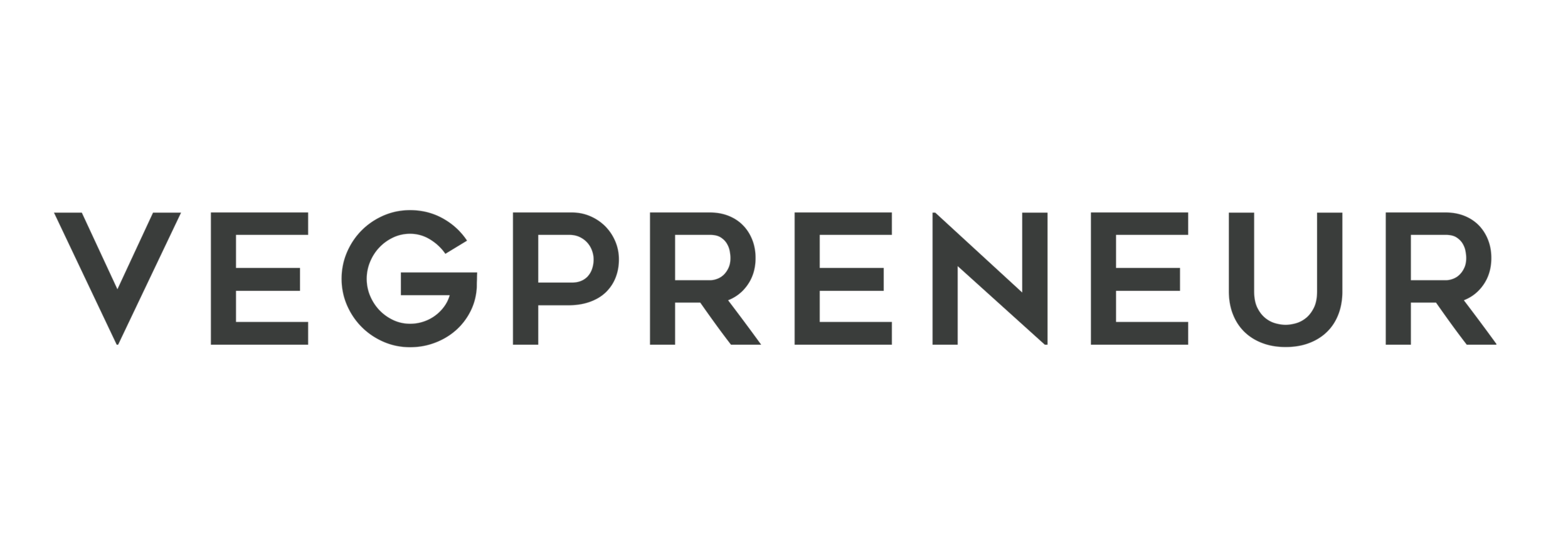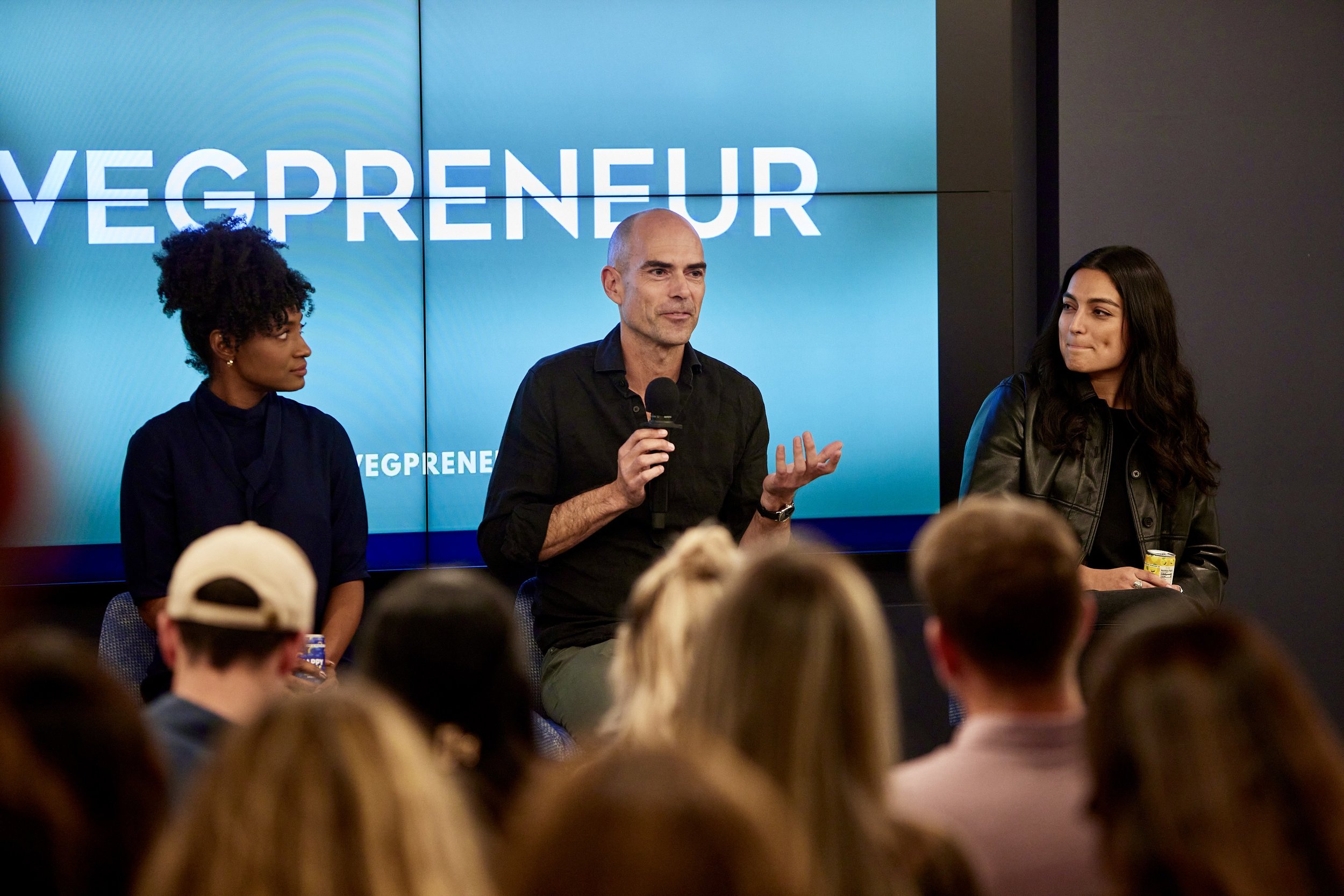Future Food Tech Alternative Proteins Chicago 2024 Recap
Written by the Jasmine (Yiran) Li
Jasmine attended Future Food Tech Alternative Proteins in Chicago from June 17-18 and nicely summed up her key takeaways.
Future Food Tech Chicago Takeaways
1. Navigating the funding environment, the investor perspective
It goes without saying that the current environment has called for a renewed focus on unit economics from investors. While most investors have not changed their diligence strategy or approach, they are being more cautious about evaluating companies’ capital efficiency. Are they prioritizing TEAs (techno-economic assessment) to evaluate how quickly they can get to market and start generating revenue? Can they identify opportunities to utilize existing equipment? Are they being creative about exploring corporate partnerships, offtake agreements, and JV/JD opportunities?
To weather the market conditions, VCs are also prioritizing portfolio support, especially in the areas of founder resilience and mental health. For example, Supply Change Capital provides all of its founders with executive mentorships. Nadav Berger at PeakBridge very accurately coined VC as “value creation” and shared that his team focuses on providing companies with specialized programs to foster relationships, synergies, and shared resources within their network.
When it comes to advice for start-ups, Rosie Wardle at Synthesis Capital made an interesting point about striking the hard balance between having realistic business plans and the ability to maintain the long-term ambition for the company’s core mission. Ashley Hartman at Bluestein Ventures is looking for innovative GTM strategies — teams who can dream up the vision and have ruthless operations at the same time. Nadav Berger reminded start-ups that it’s a two-way diligence! Understand the VC’s fund lifecycle and follow-on strategy. Surround yourself with value-aligned investors, those who can fill the gaps in your business.
Panel on “boosting investor confidence” featuring Steve Molino, Shayna Harris, Ashley Hartman, Nadav Berger, and Rosie Wardle
2. Big Food interest is clear and collaboration is KEY!
This was the summit’s first year at the nation’s food innovation and manufacturing capital of Chicago. It was exciting to see representatives from players like Unilever, Cargill, ADM, Danone, Bunge, IFF, and LDC. This is how I see the importance of having these folks at the table. Unilever quoted their “2.5 billion consumers a day” reach and impact — as much as I love the start-up ecosystem and will be entrenched in it for years to come, a tiny change from the Big Food players has HUGE impact, on the environment, on consumers, and in propelling the space forward.
Collaborations with these incumbent players can boost the business’s speed to market — whether it be through co-development, joint ventures, or operational collaborations. These partnerships can provide significant benefits and savings on utilities, permitting, infrastructure capacity, and therefore supporting capital utilization. We are seeing clear interest from the Big Food players with examples like Cargill’s investment in and expanded partnership with ENOUGH, Unilever entering the animal-free dairy space with Perfect Day’s whey protein. I also heard Chobani recently started investing internally into precision fermentation technology?! I didn’t find anything publicly but heard this from their own scientist. Personally, I think it only makes sense.
3. It takes partnerships of all kinds
The emphasis on partnerships extends beyond corporates. It’s more and more clear that it is impossible to go at it alone. It’s encouraging to see start-ups moving aways from a vertically integrated approach to be more specialized and invest in strategic partnerships, whether that’s with the incumbents, service providers, other start-ups, or governmental agencies.
It was great to see continued engagements from agencies like USDA, FDA, FAO, and the State of IL. As a highly regulated industry, companies large and small will inevitably have to work closely with these regulating agencies, not only from a regulatory compliance standpoint, but also for commercialization and funding opportunities. To point out some examples mentioned at the summit — USDA offers the SBIR/STTR (Small Business Innovation Research & Technology Transfer) programs offering up to $175,000 in grants to help with concept proofing and pre-market research. The agency recently announced a new Innovation Challenge, awarding up to $2 million in funding for PhD founders.
Among start-ups, it is important to look for commonalities and identify the value proposition. Understand your gaps, then understand the business of potential partners and how they could fill those gaps.
4. Intentional road to commercialization and scaling
Last but not least, a discussion about alternative proteins and the emerging technologies of precision fermentation and cultivated meat can’t escape the topic of path to scale. About a third of the summit revolved around safeguarding a clear path to market. We could spend a whole day talking about this, and we did, but at its core, it’s about a relentless focus on capital efficiency and proving out the first facility. Companies in the space need to be aggressive and ultra-focused on having the right players and the right information at hand. Be conservative and thorough during planning — consider availability of labor, long lead-time equipment, commitment to the budget, and flexibility for contingencies. Depending on your location, tap into relevant incentives, connect with local administrations, and tap into retrofitting opportunities where possible.
Lou Cooperhouse, founder CEO at BlueNalu said it well. On the road to commercialization, adopt a selection strategy that evaluates the overlap between expertise, market, and regulation, focus on where the demand is the greatest while access is the lowest.
My hot (or warm) take
For alternative proteins, and truthfully any category-defining innovations, it is not a linear journey. We need to be less afraid of making the wrong move and be comfortable with taking more calculated risks, fail and iterate. Obviously do so cautiously and thoughtfully. I looked back at my notes from last year’s FFT and noticed how unshockingly similar the takeaways are. The core principles of providing consumers with amazing products and running a sustainable business won’t change, but along the way, the top challenges will evolve. The only way to weather short-term headwinds is to take risks and carry on!
Transparency! Let’s talk more and share more! Throughout the summit, me and my fellow volunteers were waiting for companies to speak more openly about their unique approaches, technologies, and success stories on partnerships. More stories and less theory, please! Multiple times I heard start-ups say, “I can’t share the specifics of what we’re doing and how we’re doing it” and corporates shying aways from talking about their internal developments. Yes, be prudent with protecting your sensitive IPs, but we ain’t getting anywhere with vague claims and work behind closed doors!
Lastly, shout out to my fellow volunteers Sushmita Mukherjee and Josh Filer. We channeled our passion for the space into working hard passing microphones to almost nobody — of course because the moderators did such amazing jobs!
Also, I promise to be better about taking photos at these events. Here’s a shot of the Kraft NotMac&Cheese, which I thoroughly enjoyed :)
Kraft plant-based NotMac&Cheese
Looking to take your business to the next level?
Become a VEGPRENEUR member today to access industry-leading events, mentors, resources, and a global community of innovators!
















